Selling an old home (built in 60's)
thomasjoker
11 years ago
Related Stories
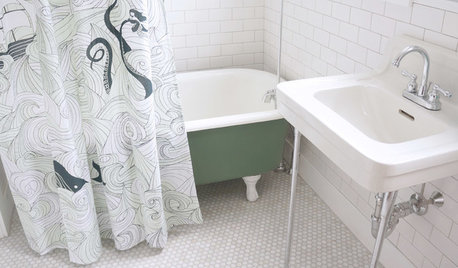
BATHROOM MAKEOVERSRoom of the Day: See the Bathroom That Helped a House Sell in a Day
Sophisticated but sensitive bathroom upgrades help a century-old house move fast on the market
Full Story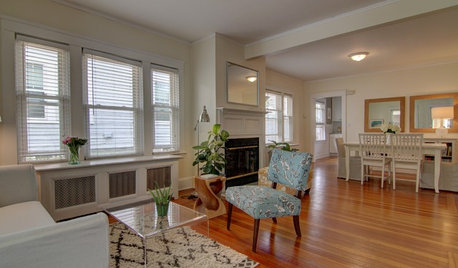
SELLING YOUR HOUSEA Moving Diary: Lessons From Selling My Home
After 79 days of home cleaning, staging and — at last — selling, a mom comes away with a top must-do for her next abode
Full Story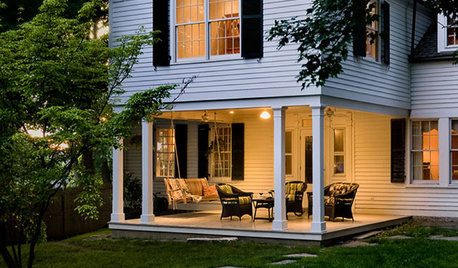
SELLING YOUR HOUSEThe Latest Info on Renovating Your Home to Sell
Pro advice about where to put your remodeling dollars for success in selling your home
Full Story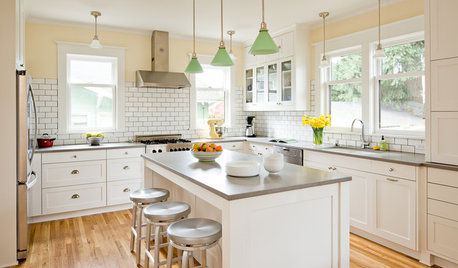
MOVINGThe All-in-One-Place Guide to Selling Your Home and Moving
Stay organized with this advice on what to do when you change homes
Full Story
SELLING YOUR HOUSE10 Low-Cost Tweaks to Help Your Home Sell
Put these inexpensive but invaluable fixes on your to-do list before you put your home on the market
Full Story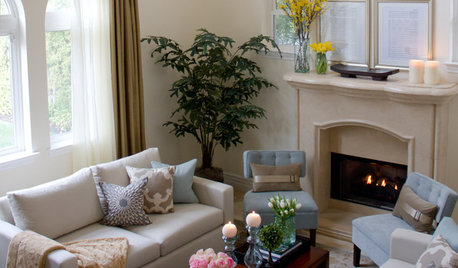
SELLING YOUR HOUSESave Money on Home Staging and Still Sell Faster
Spend only where it matters on home staging to keep money in your pocket and buyers lined up
Full Story
SELLING YOUR HOUSEHelp for Selling Your Home Faster — and Maybe for More
Prep your home properly before you put it on the market. Learn what tasks are worth the money and the best pros for the jobs
Full Story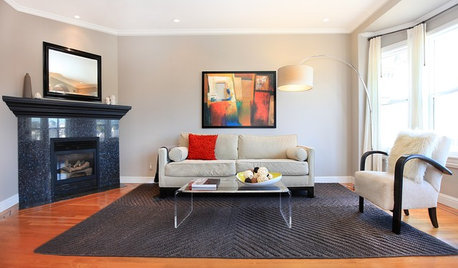
DECORATING GUIDESStage Your Home and Sell it Fast
11 ways to prep your house for more offers and a quicker sale
Full Story
SELLING YOUR HOUSE10 Tricks to Help Your Bathroom Sell Your House
As with the kitchen, the bathroom is always a high priority for home buyers. Here’s how to showcase your bathroom so it looks its best
Full Story
REMODELING GUIDESHouzz Survey Results: Remodeling Likely to Trump Selling in 2014
Most homeowners say they’re staying put for now, and investing in features to help them live better and love their homes more
Full Story






live_wire_oak
lyfia
Related Professionals
Hockessin Architects & Building Designers · Royal Palm Beach Architects & Building Designers · Universal City Architects & Building Designers · Alabaster General Contractors · Davidson General Contractors · Hamilton Square General Contractors · Ken Caryl General Contractors · Mount Laurel General Contractors · Mount Vernon General Contractors · Olney General Contractors · Randolph General Contractors · Seal Beach General Contractors · Watertown General Contractors · West Mifflin General Contractors · Charleston Interior Designers & Decoratorsmjlb
word_doc
thomasjokerOriginal Author
ncrealestateguy
C Marlin
rafor
azzalea
pamghatten
rwiegand
ncrealestateguy
rwiegand